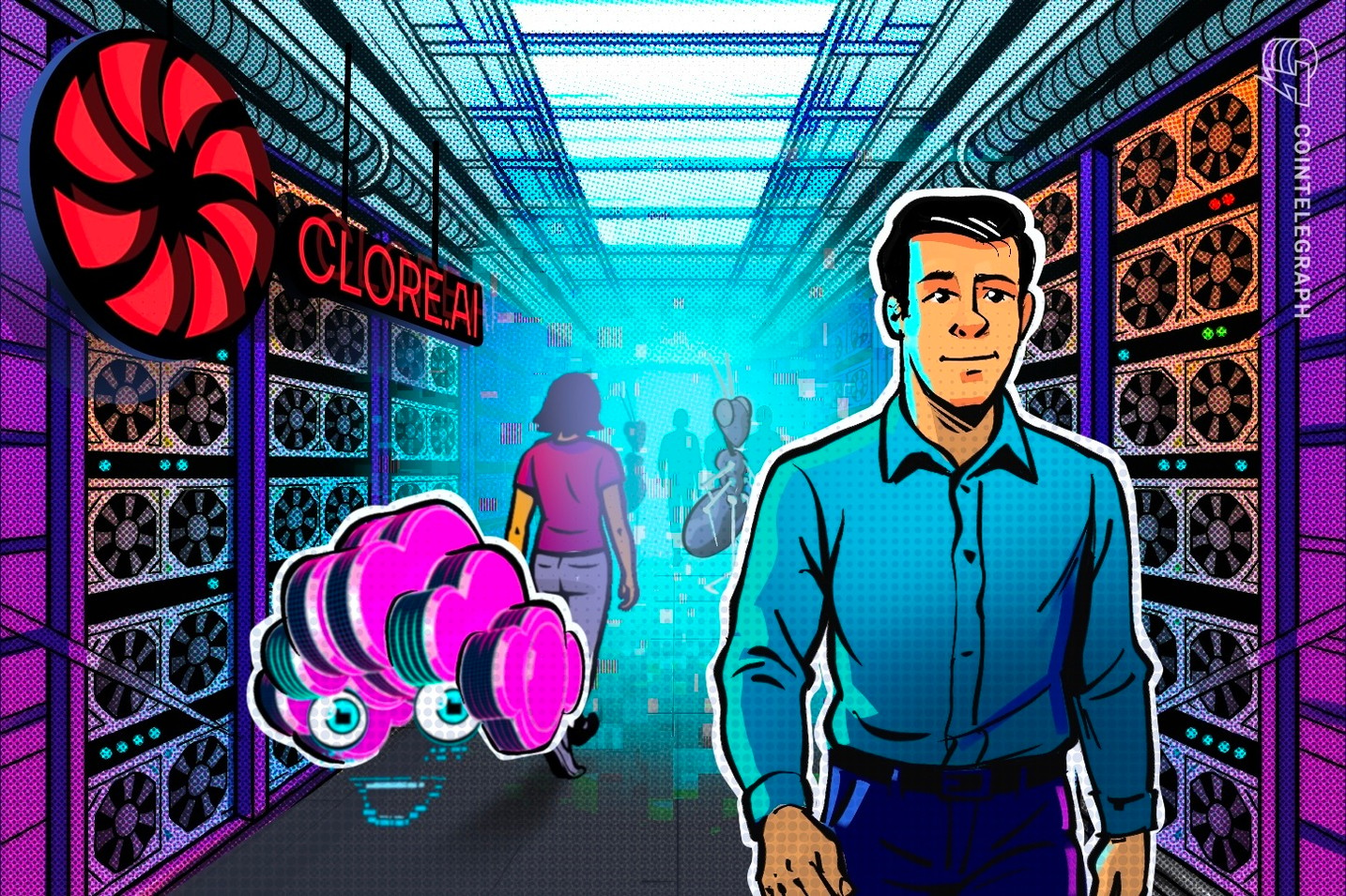Sponsored Content
As AI continues to expand across industries, the amount of computing power needed to train AI models grows just as quickly. But there's a problem: access to that computing power is still highly centralized, expensive, and out of reach for many. It becomes one of the biggest obstacles for developers, researchers, and startups working on training large language models, simulations or 3D rendering.
But access is just one part of the problem. The challenges of computing for AI training go deeper than cost and availability.
High costs, slow chips, and regional gaps
Many AI models start small but scale quickly. What begins as a simple prototype can expand into a massive architecture that requires hundreds of GPUs for effective training. The rapid growth often outpaces the infrastructure available to developers or teams. They may start with cloud credits or a local server, but scaling beyond that can be costly or technically challenging. Infrastructure that worked for early-stage experimentation simply can't handle real-world deployment needs.
Then, hardware bottlenecks exist because not all computing power is equal. Training high-performance models, especially in fields such as large language modeling, computer vision, and generative AI, requires access to top-tier GPUs or specialized chips, such as NVIDIA’s A100s or Google’s TPUs, which are not only expensive but also in limited supply. When such resources become available, prices can spike sharply, pushing out smaller players or forcing them to use older, slower alternatives that significantly increase training times.
Additionally, AI training uses a significant amount of electricity. A single model can consume hundreds of megawatt-hours of energy, which brings up questions about its environmental impact and long-term sustainability. The pressure to reduce emissions now runs parallel to the demand for more powerful AI, creating a challenging trade-off.
Another overlooked issue is that not all users have access to high-speed data centers due to their geographic location. Often, developers in emerging markets suffer disproportionately from the problem. The limitations can negatively impact experimentation and participation in global AI development.
Global GPU power for AI training
To address these problems, Clore.ai has developed what it calls “decentralized supercomputing for everyone.”
At its core, Clore.ai is based on the idea that if you can rent a car in seconds, you should be able to rent a supercomputer just as easily. Rather than relying on centralized providers, Clore allows anyone with GPU hardware to contribute it to a shared pool and allows others to rent that power on demand.
For developers and researchers, this could be a game-changer. Rather than spending months raising capital for hardware or waiting for institutional approval, they can now quickly access computing resources and scale them as their projects grow. It’s an alternative vision for AI infrastructure: decentralized, user-owned, and accessible to anyone with an idea and a GPU.
Disclaimer. Cointelegraph does not endorse any content or product on this page. While we aim at providing you with all important information that we could obtain in this sponsored article, readers should do their own research before taking any actions related to the company and carry full responsibility for their decisions, nor can this article be considered as investment advice.
